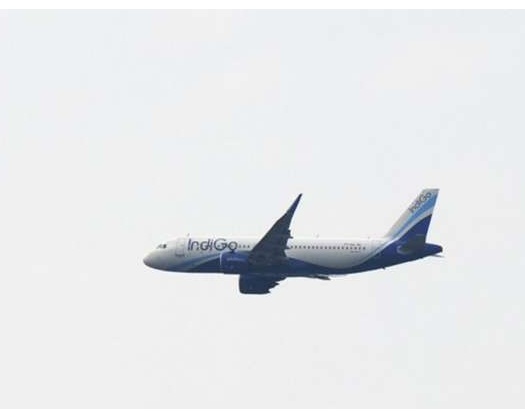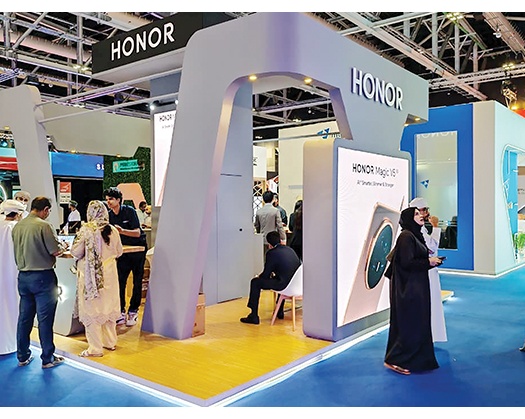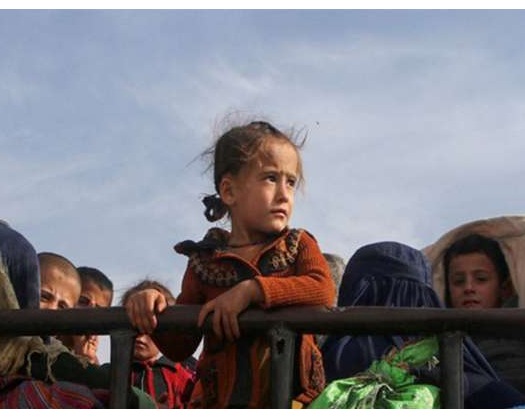Muscat: A total of 14,000 pilgrims from Oman have received authorization to participate in the Hajj/pilgrimage season of 1446 AH, as reported by the Ministry of Hajj and Umrah within the Kingdom of Saudi Arabia.
This announcement was made during a media briefing held on Wednesday by the Omani Hajj Mission for the 1445 AH season at the Ministry of Endowments and Religious Affairs.
Sultan Said Al Hinai, who led the Omani Hajj Mission during the 1445 AH season, stated that the mission fully utilized the allocated 14,000 opportunities provided to pilgrims from Oman (achieving a 100% utilization rate).
Al Hinai provided a breakdown of the pilgrimage numbers for the recent Hajj season, indicating that 89.2% of pilgrims undertook the ritual as a religious obligation (due to their ability and resources), 1.7% participated as a form of will on behalf of the disadvantaged or deceased, and 9.1% engaged in Hajj as a voluntary act of worship.
He further explained that the gender distribution among pilgrims for the 1445 AH season was 49.9% female and 50.1% male.
Al Hinai highlighted that the electronic Hajj system data showed that 83.2% of Omani pilgrims fell within the "youth" category (18-60 years old), with 16.8% being above the age of 60.
He also mentioned that the cost of Hajj by air decreased to OMR2,137 in the 1445 AH season compared to OMR2,054 in the previous year. The cost of Hajj by land also saw a decrease, with an average of OMR1,319 compared to OMR1,367 in the 1444 AH season.
Al Hinai noted that the mission was successful in reducing the cost of the "service package" at the Mina and Arafat shrines, introducing enhancements to the services provided. He mentioned that a survey among pilgrims revealed a high level of satisfaction with the services received, including improvements in the quality of tents at the Arafat camp (up to 91% satisfaction rate from 91% in the previous year) and at the Mina camp (up to 75% from 66% in the 1444 AH season).
He added that the pilgrims' feedback index indicated 97% satisfaction with the medical services at the camps in Mina and Arafat, with the mission serving over 5,600 individuals in its medical records.
Al Hinai emphasized that the "Plan of Sequencing" for land pilgrims, approved by the Omani Hajj Mission, was effective in accommodating more than 5,500 pilgrims within 48 hours. The Arafat Day management plan achieved an average satisfaction rate of 92%, and the services management plan at the Mina camp recorded an 81.5% satisfaction rate based on pilgrims' feedback on 12 regular services.
Al Hinai disclosed that during the 1445 AH Hajj season, a significant number of individuals were discovered engaging in the fabrication of Hajj cards, resulting in the revocation of Hajj approvals. He highlighted several key challenges encountered during the recent pilgrimage season, including the transportation of pilgrims without proper permits, the unauthorized entry of group buses into Makkah without sequencing permits, and instances of power outages at the Mina camp.









